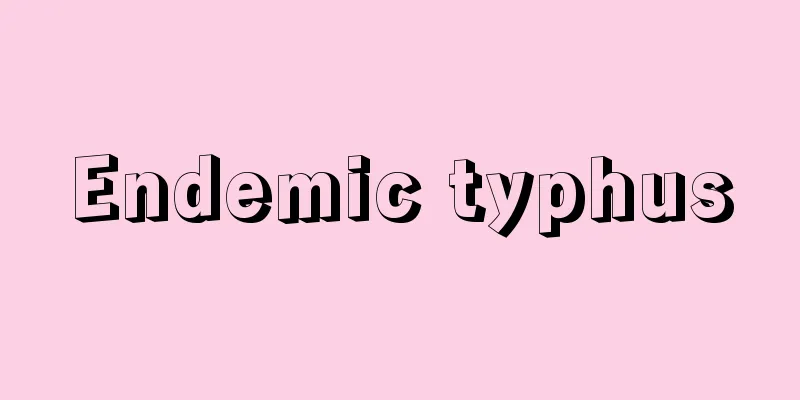This is what polycystic kidney disease with hematuria is all about

|
Polycystic kidney disease and hematuria are symptoms that many polycystic kidney disease patients will experience, which makes polycystic kidney disease patients and their families very nervous because they don’t know what causes the polycystic kidney disease and hematuria. In fact, hematuria in polycystic kidney disease is caused by complications in polycystic kidney patients. 1. Why does polycystic kidney disease cause hematuria? Polycystic kidney bleeding is a common complication in polycystic kidney patients. Although polycystic kidney patients have fewer cysts or less early bleeding, the cysts in most polycystic kidney patients continue to grow and eventually rupture and bleed. This is mainly because the cysts become larger and the pressure is high, which causes the cyst wall to rupture and bleed. The amount of bleeding varies, and more than 60% of polycystic kidney patients have a bleeding episode in their lifetime. The patient may be asymptomatic or have only abdominal pain. When the bleeding renal capsule is not connected to the urethra, severe pain will occur. High blood pressure and enlarged kidney size are high-risk factors for renal capsule bleeding, while infection and stress response can easily induce large-area bleeding. 2. What are the dangers of polycystic kidney disease and hematuria? Treatment for bleeding, a common complication of polycystic kidney disease, includes bed rest and symptomatic analgesic treatment. Once polycystic kidney disease causes hematuria, it is more difficult to treat than hematuria caused by other kidney diseases. The clinical manifestation of hematuria in patients with polycystic kidney disease is prone to recurrence, and the bleeding can usually stop 4-8 days after treatment. But soon the patient will have hematuria again, especially in patients with polycystic kidney anemia. The more often polycystic kidney disease patients experience hematuria, the higher their risk and danger of developing end-stage renal disease. Therefore, in order to treat polycystic kidney disease with hematuria, it is necessary to treat it from multiple aspects. 3. How to stop bleeding in polycystic kidney disease? The details are as follows: First of all, after hematuria occurs, the infection of the patient should be controlled first, because most patients with polycystic kidney disease are prone to kidney infection and aggravate the symptoms of hematuria once they have hematuria. Secondly, it is necessary to promote blood circulation, remove blood stasis and enhance blood circulation. The reason why polycystic kidney disease, accompanied by most clinical complications, occurs is that the enlarged renal cysts compress the renal parenchyma, leading to glomerular ischemia and hypoxia. Therefore, it dilates the blood vessels on the blood vessel walls around polycystic kidneys, strengthens the blood circulation of the cyst walls, and promotes increased permeability of the cyst walls, thereby increasing the blood perfusion of the kidneys, accelerating the recovery of water in the cysts to the blood vessels, and controlling the continued swelling of the cysts. Again, combine Chinese and Western medicine for treatment. Western medicine treatment of polycystic kidney disease with hematuria will easily lead to recurring problems, and the application of the above-mentioned multi-faceted treatment measures is the result of combined treatment with traditional Chinese medicine. By applying effective active ingredients, the goal of improving the ischemic and hypoxic state of the kidneys can be achieved, ultimately continuously shrinking the cysts, solving the problem of hematuria in polycystic kidney disease, and avoiding recurring problems. Doctor's tips: Kidney patients should pay attention to a low-salt, low-fat diet with high-quality protein (such as eggs, milk, lean meat, etc.), especially fish protein. Avoid crude protein (such as bean plant protein) because of its low bioavailability and increase the burden on the kidneys. To ensure sufficient calories, you can appropriately increase the intake of carbohydrates. In life, you should strictly pay attention to preventing colds and fatigue! |
<<: The cause of vomiting and fever in polycystic kidney disease turns out to be this
>>: How long can a person with polycystic kidney disease live is actually related to these 5 factors
Recommend
Red cheeks in summer
The weather in summer is very hot. The summer sun...
4 tips women must know to prevent ovarian cancer
Ovarian cancer is a common tumor in women and an ...
How to tell whether a facial cleanser is good or bad? Just use a glass of water
Many people simply look at the brand or recommend...
What should patients with lung cancer pay attention to in their diet in the late stage? What should patients with lung cancer pay attention to in their diet in the late stage
Lung cancer patients in the late stage of the dis...
Is lighting mosquito coils harmful to the human body?
The peak season for mosquitoes occurs in summer b...
Is acne breakout a form of detoxification? Is it detoxification?
Acne is a very common phenomenon. Most people hav...
What to do if you get sunburned
In summer, the weather is very hot. Although many...
How to effectively clean oil stains on clothes
If you are not careful, it is easy to get oil sta...
How to remove blackheads on both sides of the nose
Due to some modern concepts, more and more people...
The best way to treat acne
Many young people are troubled by acne because ac...
What are the taboos of Ji Ke's effects and functions
In fact, the shell of the Chinese wolfberry can b...
Several unexpected endings after a man and a woman have sex
Regardless of whether they are men or women, they...
How to permanently remove leg hair
Having a pair of slender long legs in summer has ...
The difference between soft-shelled turtle, tortoise and turtle
The difference between soft-shelled turtle and to...
Is the alpha-fetoprotein level in liver cancer always high? Not necessarily high
Does liver cancer always have high alpha-fetoprot...









